Does your every step feel like a chore? If you’re battling hallux rigidus, a simple stroll can feel like a walk of fire rather than a walk in the park.
At Kizik, we understand that finding the right shoe isn’t just about fashion. Instead, it’s about reclaiming your stride from discomfort. That’s why we’re sharing the best footwear for those dealing with this challenging condition.
Whether you're running a 10k or taking a leisurely trot to your mailbox, we've got your feet—specifically your hallux bones—covered. Read on to discover shoes that effortlessly combine comfort, support, and style to give your feet the royal treatment they deserve.
What is hallux rigidus, and how does it affect mobility?
Hallux rigidus (literally translating to "stiff big toe") is a form of degenerative arthritis targeting the joint where your big toe meets your foot. Over time, this joint stiffens, turning every step into a throbbing pain.
Here’s how this condition impacts mobility and overall quality of life:
-
Reduced flexibility: The toe’s range of motion diminishes, making it hard to perform tasks that require pushing off the front of your foot, like running or climbing stairs.
-
Persistent discomfort: Continuous aching around the toe joint can turn an easy walk into a strenuous activity, discouraging movement and exercise.
-
Bone spur development: As the condition progresses, bone spurs may form, further limiting movement and increasing discomfort.
-
Altered gait: You may walk irregularly to avoid discomfort, leading to imbalances and secondary discomfort in your feet, ankles, knees, or hips.
- Decreased activity levels: Due to discomfort and mobility restrictions, many people with hallux rigidus are not as active as they would like to be, which negatively impacts overall health and well-being.
In short, hallux rigidus doesn't just limit your step—it reshapes your entire lifestyle.
Why is choosing the right footwear important?
Now that you know how hallux rigidus can throw a wrench into your daily routine, you might wonder why the right pair of shoes can be such a game-changer. Beyond dodging discomfort, good shoes can equip you to handle every step without hesitation.
Here’s why the right footwear can be a key player in your mobility toolkit:
Stress reduction on the joint
Shoes designed to support hallux rigidus minimize the need for your toe to flex with each step. This lets the shoe do some of the bending for you, making it easier to walk.
Enhanced comfort and support
The right kind of shoes come with anatomically aligned support that cradles the contours of your feet, providing a snug fit that feels custom-made. This tailored support helps distribute your weight more evenly, taking pressure off your big toe joint, and offers a buffer against the ground’s harsh impacts.
Protection against further damage
It’s one thing to manage current symptoms; it’s another to prevent a condition from worsening. Well-chosen footwear can protect your toe from excessive movement and stress, helping slow down joint damage.
Maintain overall foot health
In overcompensating, hallux rigidus can lead to other foot issues, like calluses or bunions. Good shoes help soothe the root problem.
What should you look for in shoes for hallux rigidus?
Here’s the lowdown on features that ensure your shoes are a good fit for dealing with hallux rigidus:
Rocker bottoms
Shoes with rocker bottoms are the unsung heroes for hallux rigidus patients. They take on the heavy lifting by promoting a natural rolling motion with each step. This reduces the need for your big toe to flex. That means you can walk more naturally without poking the bear—or the toe, in this case.
Roomy toe boxes
Have you ever tried squeezing into something a size too small? It’s not fun, and the same goes for your toes. A shoe with a spacious toe box provides room to breathe, managing pressure on the toe joint and allowing you to stride without the squeeze.
Sturdy, supportive soles
A sole that holds up is firm yet flexible—especially when under pressure. It should cushion your footfalls and be strong enough to prevent excessive bending at the toes, shielding your sensitive spots from the shocks of daily walking.
Adjustable fit
A customizable fit is key, especially on days when your feet feel swollen. Shoes with adjustable straps, laces, or, better yet, easy slip-on designs can be a godsend. They let you tweak the fit to perfection so your shoes can adapt to your feet, not the other way around.
Breathable materials
No one likes sweaty feet. Breathable materials keep your feet cool and help manage the risk of blisters and other skin irritations that could aggravate your foot condition.
Minimal heel drop
A shoe with a minimal heel drop keeps your foot flat and happy. It aligns your body better, which means less strain on your toe and more balanced walking.
What are the best shoes for people with hallux rigidus?
You know what to look for, but which specific shoes will step up to the challenge of hallux rigidus? Here’s a recap of the types of shoes that might become your new best friends:
Kiziks
The London from Kizik is our proud contender in this lineup. It’s equipped with a subtle rocker sole that manages stress on your big toe while walking. Plus, its hands-free design means you can slip into comfort without bending over, a total lifesaver for folks with mobility issues.
Orthopedic shoes
Orthopedic shoes are not the clunky, unattractive shoes they used to be. They now seamlessly blend functionality with style. Designed with comfort in mind, these shoes typically include features like wide-toe boxes, firm heel supports, and adjustable fittings, offering your feet the space and support they need without sacrificing aesthetics.
Athletic sneakers
Specially made for cushioning and support, athletic sneakers can be a great choice. They often feature shock absorption properties that help disperse impact and sometimes come equipped with rocker soles. These shoes are ideal for casual walks or regular workout routines, offering a balance of comfort and action.
Hiking boots
If the adventurer in you refuses to be confined by hallux rigidus, consider hiking boots. Traditionally sturdy and inflexible, hiking boots provide ample support, keep your feet dry, and limit toe flexion while letting you conquer trails and terrains.
Which shoes should you avoid when dealing with hallux rigidus?
Just as important as what to look for in solid shoes is knowing which pairs to avoid like the plague. Not all shoes are created equal, and some can worsen your hallux rigidus.
Here’s what shoes to keep off your shopping list:
High heels
As tempting as those stylish stilettos may be, high heels are a no-go. They push your weight onto the front of your foot, increasing pressure on your already troubled toe joint. They can exacerbate discomfort and accelerate joint damage, so it’s best to leave these for special occasions when you’ll be mostly sitting down.
Flat, thin-soled shoes
While flat shoes might seem like a safer bet, pairs with thin, unsupportive soles can be just as harmful. Flats that lack cushioning and arch support force your feet to do all the hard work, leading to increased discomfort. Look for options with more robust soles and better support.
Pointy-toed shoes
Shoes with narrow, pointy toes might be on-trend, but they squeeze your toes together, which can aggravate hallux rigidus. The cramped space can lead to more discomfort and even deformities, so stick to shoes with wider, more natural toe boxes.
Soft, flexible shoes
Soft shoes might feel cozy, but they often lack the necessary support for managing hallux rigidus. Flexible soles allow for too much toe movement, which can increase discomfort. To avoid this, opt for shoes with firm, supportive structures that limit toe flexion.
Old, worn-out shoes
Even the best shoes lose their effectiveness over time. Worn-out soles and broken-down support systems can do more harm than good. Regularly check your footwear for signs of wear and replace them as needed to ensure you’re always walking on solid ground.
How to manage hallux rigidus with your shoes
Managing hallux rigidus goes beyond picking the right pair of shoes. Here are some handy tips to keep your feet feeling happy and healthy:
Upgrade your insoles
Sometimes, even the best shoes need an extra boost. Our Arch Form Insole is perfect for days when you need firm support that follows your foot's natural contour and serious rebound for long days on your feet.
If you crave more cushioning, the Super Squish Insole maxes out on the comfort factor. It's so soft that it molds to your foot's shape without losing its bounce-back over time.
Rotate your footwear
Don’t wear the same pair of shoes every day. Rotating your footwear provides your shoes with time to air out and recover their shape, extending their lifespan and maintaining support.
Listen to your feet
Pay attention to any signs of discomfort or pain. Your feet will tell you when it’s time for a new pair of shoes or a different insole. Following these tips can make a significant difference in managing hallux rigidus and keeping your feet in tip-top shape.
Ready to take the next step?
Dealing with hallux rigidus involves making smart footwear choices that prioritize comfort, support, and overall foot health. Kizik is committed to helping you find that perfect pair with our innovative, hands-free designs, like the London.
Slip into something that offers style, support, and relief all in one go. Explore the range of Kiziks today and step out in confidence. Your feet will thank you for it!
Sources:
Bone spurs - Symptoms and causes | Mayo Clinic
Hallux Rigidus: Symptoms, Causes & Treatment | Cleveland Clinic
Why Good Footwear is So Important for Your Health | Community Health Partners


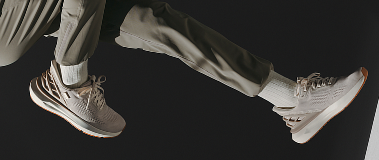
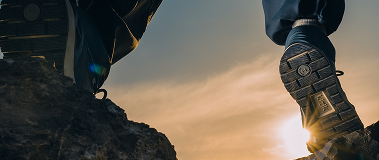

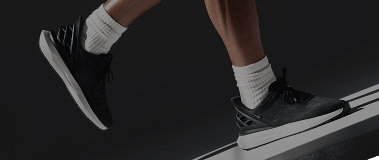
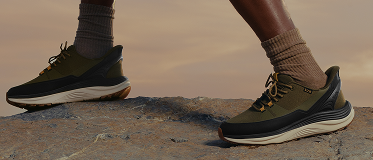
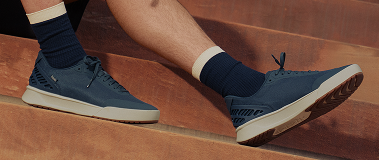
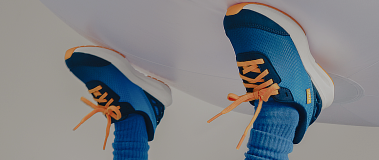
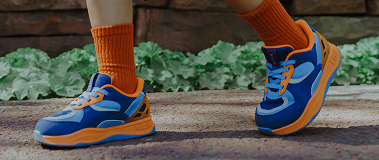
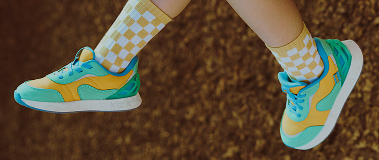

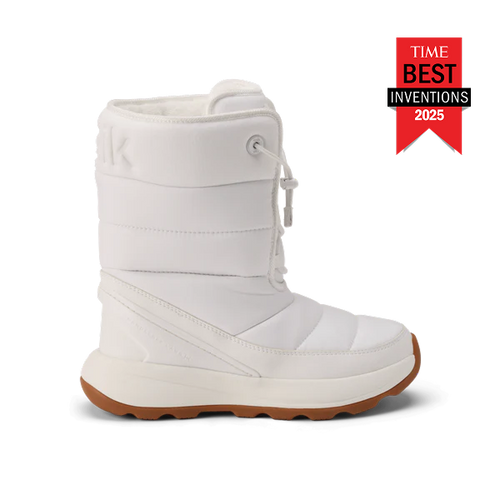


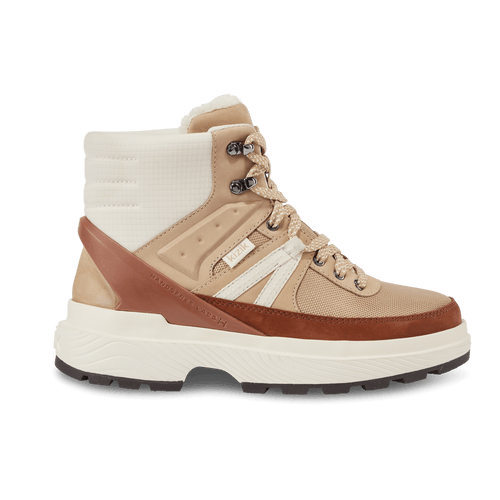
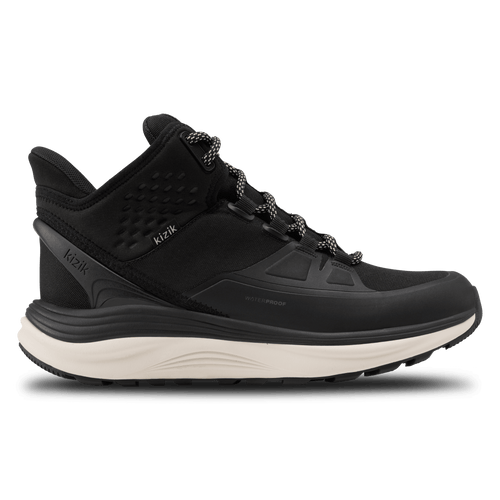








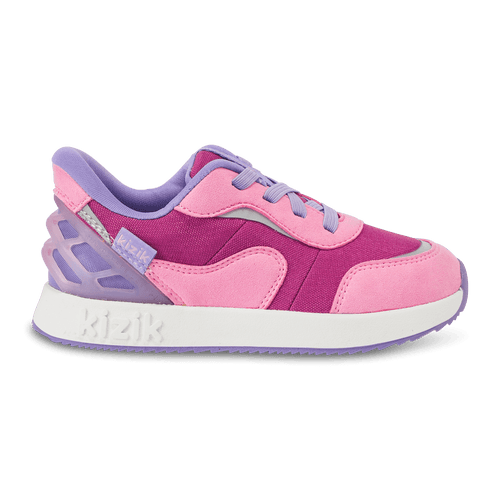



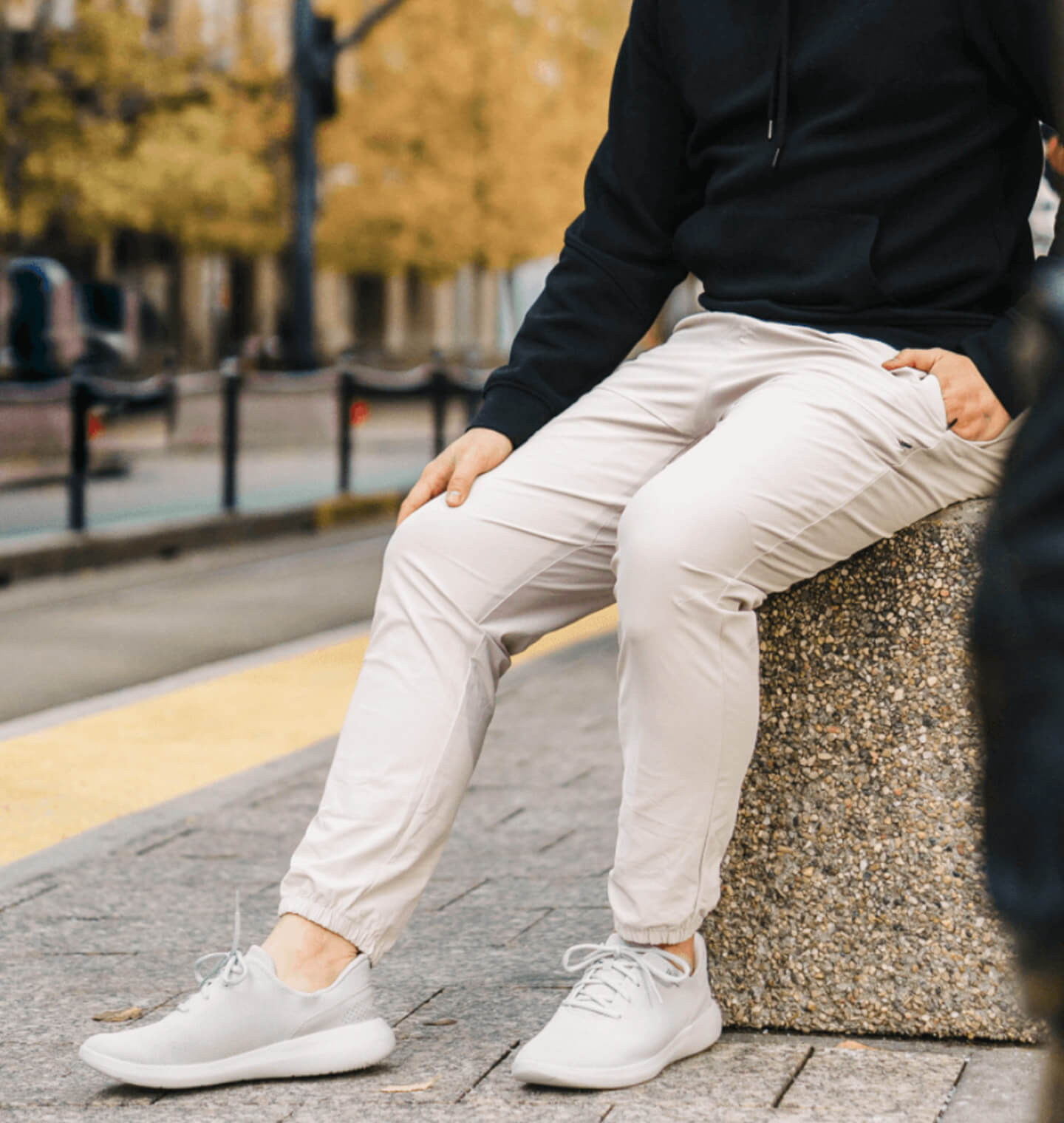
Leave a comment
This site is protected by hCaptcha and the hCaptcha Privacy Policy and Terms of Service apply.